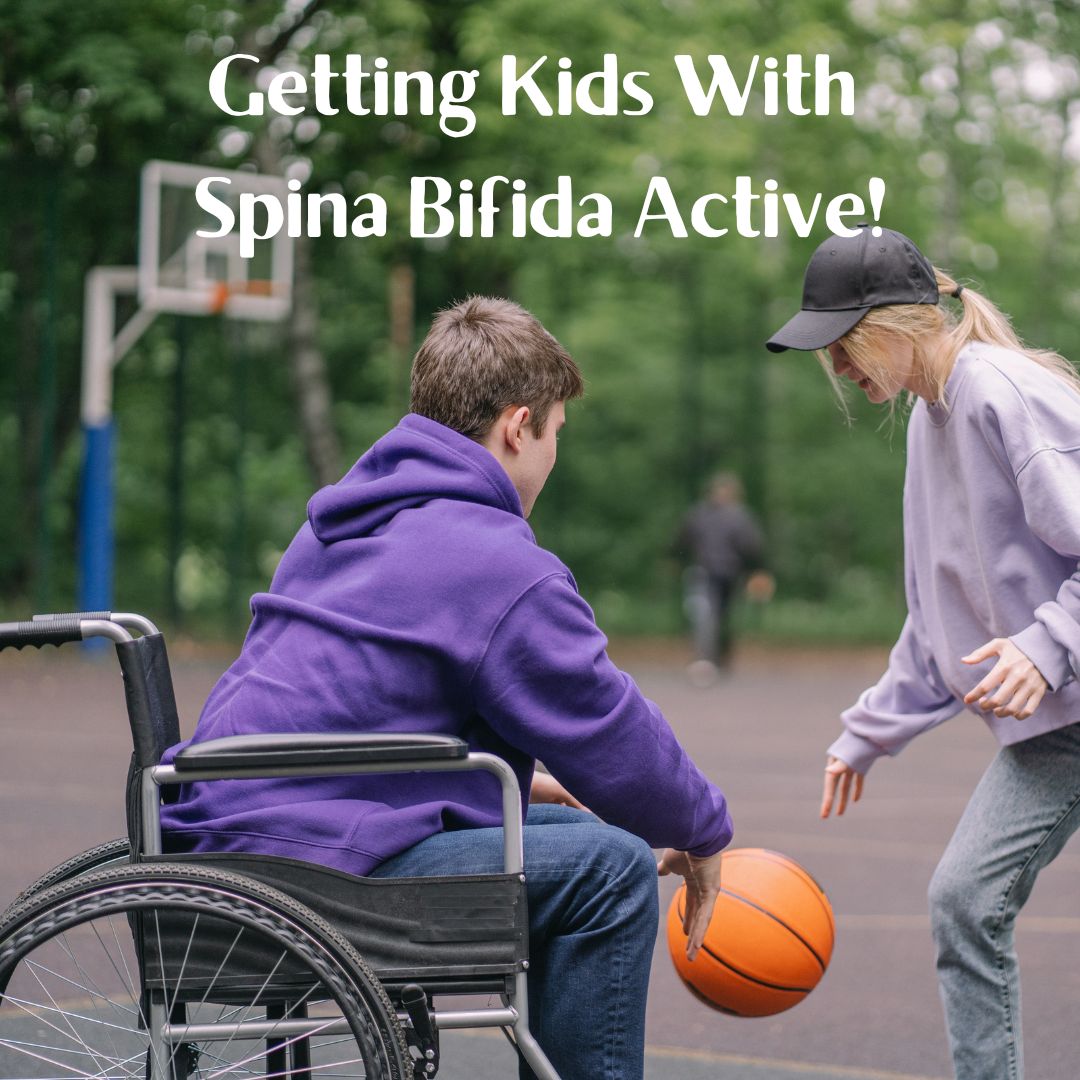Exercise and physical activity is important for everyone, especially for children living with
chronic conditions, like Spina Bifida (SB). However, research shows that youth with SB are
often less fit and active than other groups with childhood disabilities. So, how do we get
these kids moving more?
A recent study looked at what factors affect participation in physical activity (PA) for youth
with SB. The study involved interviews with parents of young kids with SB and focus groups
with youth with SB and their parents.
The results showed that personal and environmental factors play a big role in participation
in PA for youth with SB. Personal factors including skill competence, fitness level, bowel and
bladder care, medical events, and self-confidence all affect participation in PA.
Environmental factors including social support, use of assistive devices, access to
information about adapted sports, and accessibility of sports facilities and playgrounds also
impact participation in PA.
So, what does this mean for interventions aimed at improving participation in PA for youth
with SB? Rather than just trying to overcome barriers, interventions should focus on
assessing individual possibilities for physical activity. By taking a comprehensive approach
that looks at both personal and environmental factors, interventions can be tailored to the
individual needs of youth with SB, leading to increased participation in PA and improved
overall health and well-being.
At Mobius Health & Performance we ensure that each child we work with receives an
individualised exercise intervention, based on their specific personal and environmental
factors. Working closely with the child and their parents to ensure that personal factors are
addressed and specifically focus on building self-confidence in the child’s ability to complete
exercise. We believe building self-confidence in the gym and in exercise is essential for
social participation at school, home and other social settings. We also aim to address
environmental factors by creating a positive and accessible facility where all feel welcome.
In short, it’s important to understand what factors affect participation in PA for youth with
SB in order to develop effective interventions. By doing so, we can help these kids get
moving and lead healthy, active lives.
Resources:
Bloemen, M.A., Verschuren, O., van Mechelen, C. et al. Personal and environmental factors to
consider when aiming to improve participation in physical activity in children with Spina Bifida: a
qualitative study. BMC Neurol 15, 11 (2015). https://doi.org/10.1186/s12883-015-0265-9

